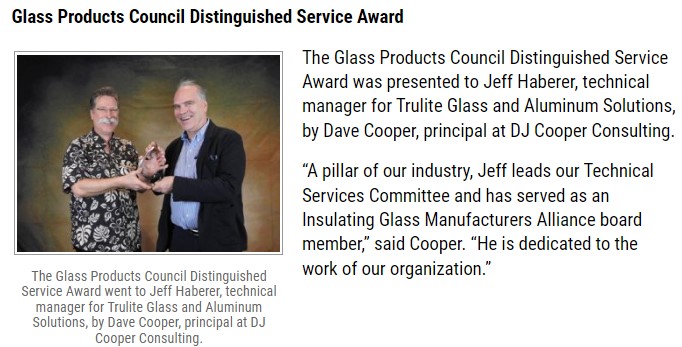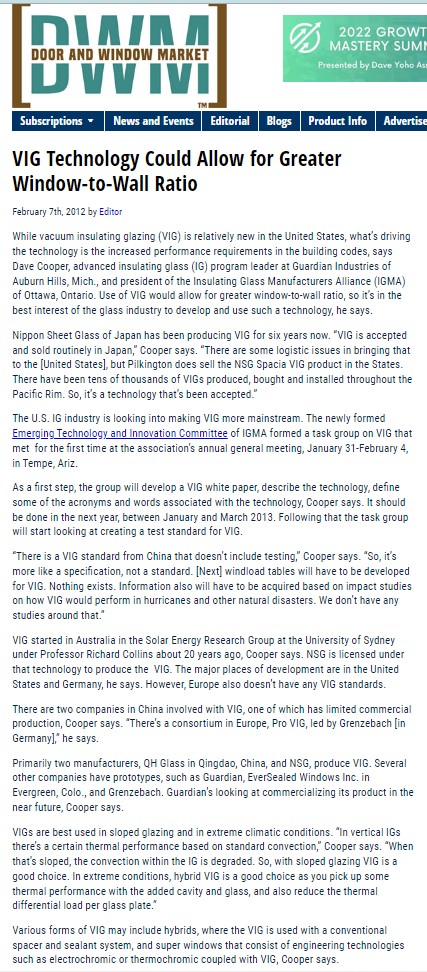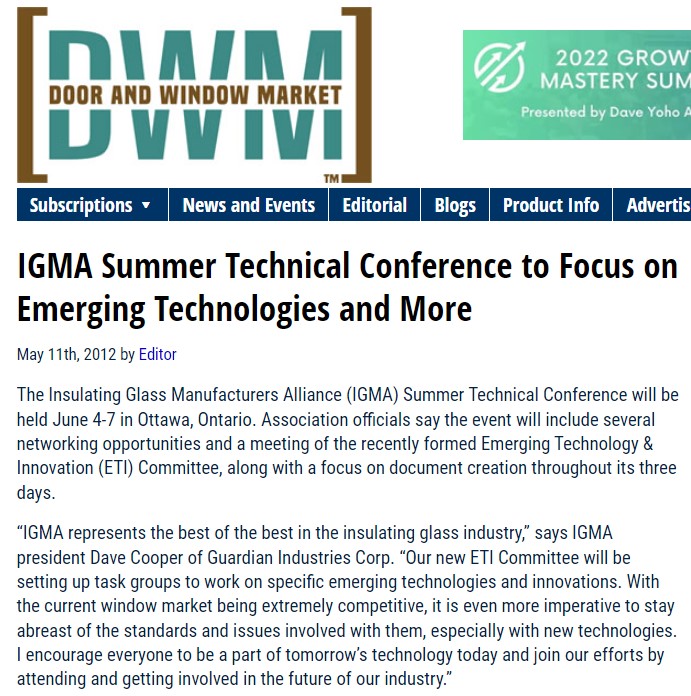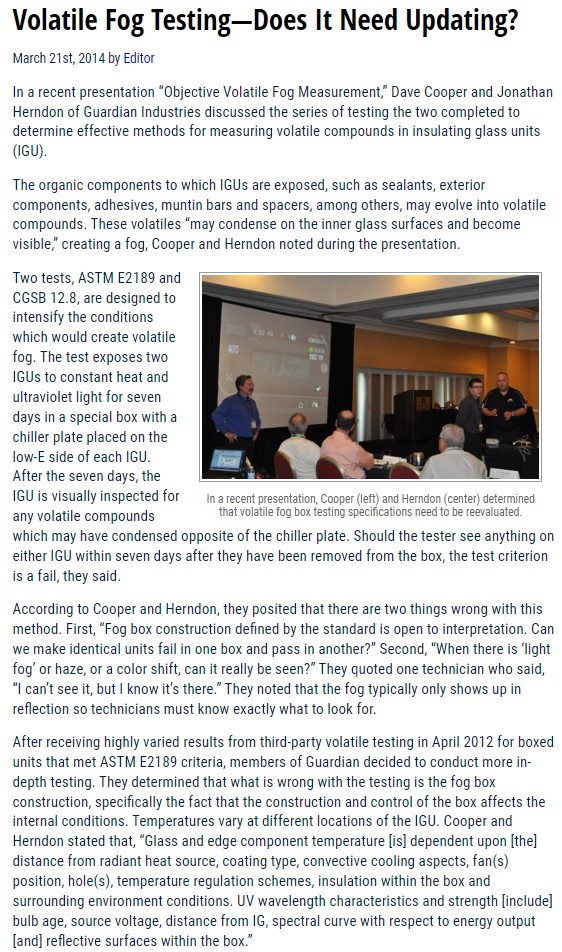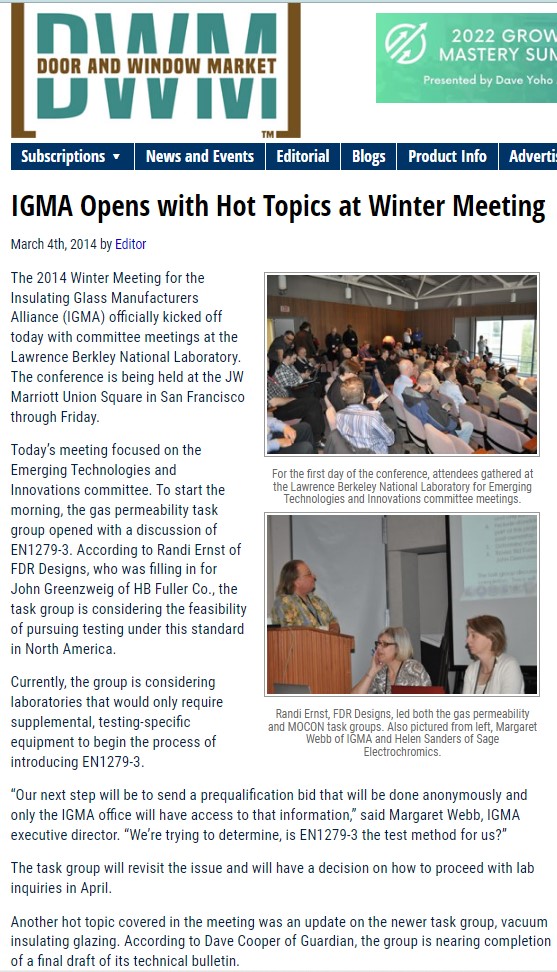Publications
VIG’S FUTURE-PROOF PERFORMANCE
Glass Magazine
April 2, 2023
By: Amy Roberts
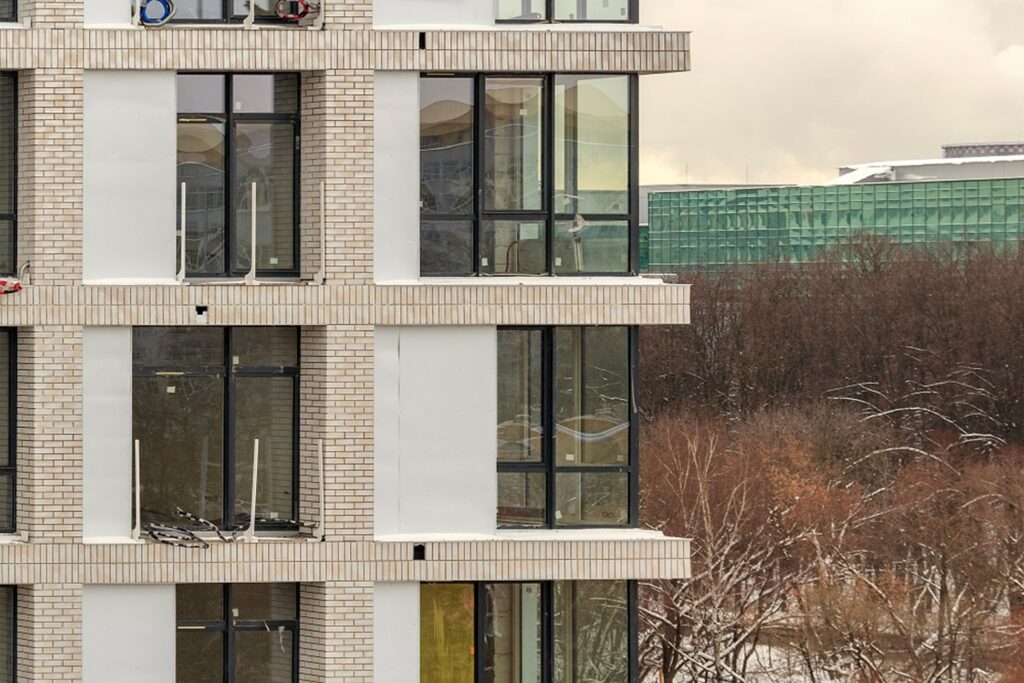
Above: Apartments with glass packs —insulating glass windowpanes are separated by vacuum-gas-filled space to reduce heat transfer.
Vacuum insulating glass, or VIG, offers daylighting options with enhanced thermal and acoustic performance. These attributes improve building operational performance and occupant comfort, save energy and costs, help reduce greenhouse gas emissions, and support future overall property value. Industry experts say interest in VIG is growing, but barriers to adoption remain.
Discussing these opportunities and challenges, the Fenestration and Glazing Industry Alliance (FGIA) hosted a panel discussion about VIG at the 2022 FGIA Hybrid Fall Conference. Panelists included:
- Dave Cooper, chief technology officer of Vacuum Glass LLC, who moderated the discussion
- Bill Davis, senior IG technical service and product manager at Vitro Architectural Glass
- Kayla Natividad, architectural technical service engineer at Pilkington
- Cenk Kocer, senior research fellow at the University of Sydney
- Marc LaFrance, windows technology manager at the U.S. Department of Energy
- ADVANTAGES OF VIG
Monolithic VIG consists of two edge-sealed lites of flat glass separated by pillars (or standoffs) within a vacuum space. Like traditional IG units, VIG can be used in nearly any fenestration product for new construction, renovation, and retrofits in commercial, residential and institutional projects. Cooper highlighted that VIG’s lightweight, two-lite, thin design makes it a good fit for updating single-pane glazing, which is still in 40 percent of commercial buildings.
According to the panelists, heat-strengthened, fully tempered VIG can achieve thermal performance R-values up to 16 or center of glass U-values of 0.07 Btu/hr ft2F. “We can stop thinking about the window-to-wall ratio when we start thinking about VIG,” Cooper says. “VIG supports greater window-to-wall ratio with significantly enhanced thermal performance.”
- ENERGY-EFFICIENCY CONSIDERATIONS
“VIG easily supports the Version 7.0 Energy Star Specification for Residential Windows, Doors and Skylights that goes into effect in October,” Cooper continues. “VIG is future-proofing the step-changes that will be required by Energy Star versions 8, 9 and 10.”
Cooper adds that California’s Title 24 and New York City’s Local Law 97 already are in effect and present immediate opportunities for VIG to contribute to energy efficiency and carbon reduction goals.
In New York City, more than 65 percent of carbon emissions can be attributed to already existing buildings, shares Natividad. “That is a big thing to tackle here,” she says. “If you improve your building operation performance, you can reduce the size of your HVAC system, saving money.”
Offering a global and historical perspective, Kocer says that the University of Sydney first manufactured VIG samples in 1989. During the panel, he provided current examples from manufacturers in China, Taiwan and Europe that have been developing VIGs since 2000. VIG sizes over 3 meters are now available. “At the moment, with the science and engineering, there is a lot of knowledge out there in terms of how to design these,” Kocer says.
- INDUSTRY EVALUATION
Industry standards ensure consistency and provide assurances. FGIA’s VIG panelists highlighted:
- ISO-19916 Part 1 was published in 2018, providing a specification for VIG. The Part 3 test method for evaluation of performance under temperature differences followed in 2021.
- NREL published “Guidelines and Specification for Enhance Durability Evaluation of Insulating Glass and Vacuum Insulating Glass Units” in September 2022.
- NFRC is on track to include a revised VIG simulation module of thermal performance for certification and Energy Star through the updated LBNL Window 8 program, which is soon to be launched.
- ASTM working groups WK83379 and WK83445 were formed in September 2022 to develop VIG specification, durability and strength standards. Cooper chairs both. Initially developing the scope of work, he reported participants have joined from across the globe intending to have a standard published by 2025. In the interim, several VIG products have passed the existing ASTM E2190 standard for IG certification.
“A lot of investment in VIG is coming. But a challenge is that we do not yet have a cost-effective version today,” says LaFrance.
- MARKET OPPORTUNITY AND ADOPTION
Because all VIG is imported, “tariffs, customs, duties and shipping currently account for about one-third of VIG’s cost,” says Cooper. He predicts U.S. VIG production will begin by 2026, and VIG product cost and market pricing will decrease further as volume increases.
To enable significant market opportunity and adoption, Cooper emphasized removing barriers to low-cost manufacturing, tempered VIGs and make-to-order supply strategies. “It’s not a question of ‘if’ VIG can support improved building thermal performance, but ‘when.’ This is not a new technology; it’s here,” Cooper stresses. “The time is now.”
- WHAT TO READ NEXT:
- 2023 GLASS MAGAZINE AWARDS: VOTING OPENS FOR THE PRODUCTS COMPETITION
- STARPHIRE ULTRA-CLEAR GLASS – THE ULTIMATE BLANK CANVAS
- AUTHOR
Amy Roberts is director of Canadian and technical glass operations for the Fenestration & Glazing Industry Alliance. She can be reached at
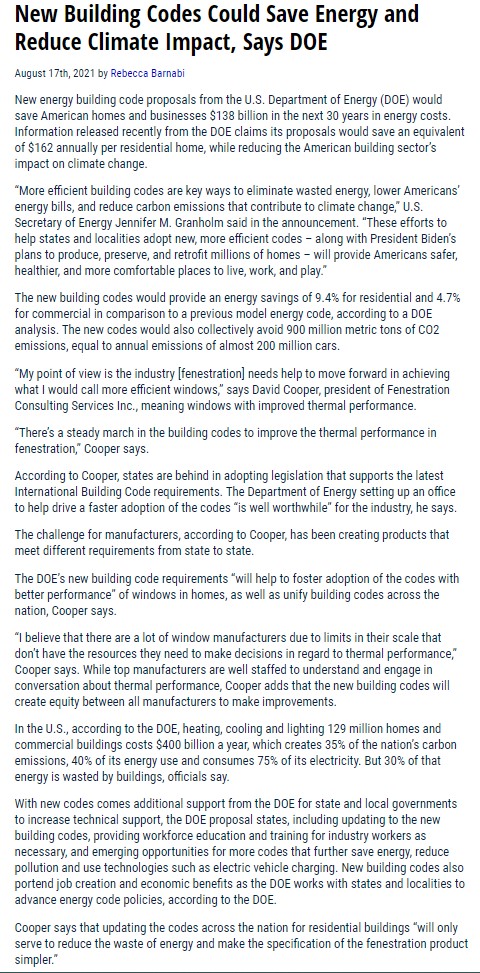
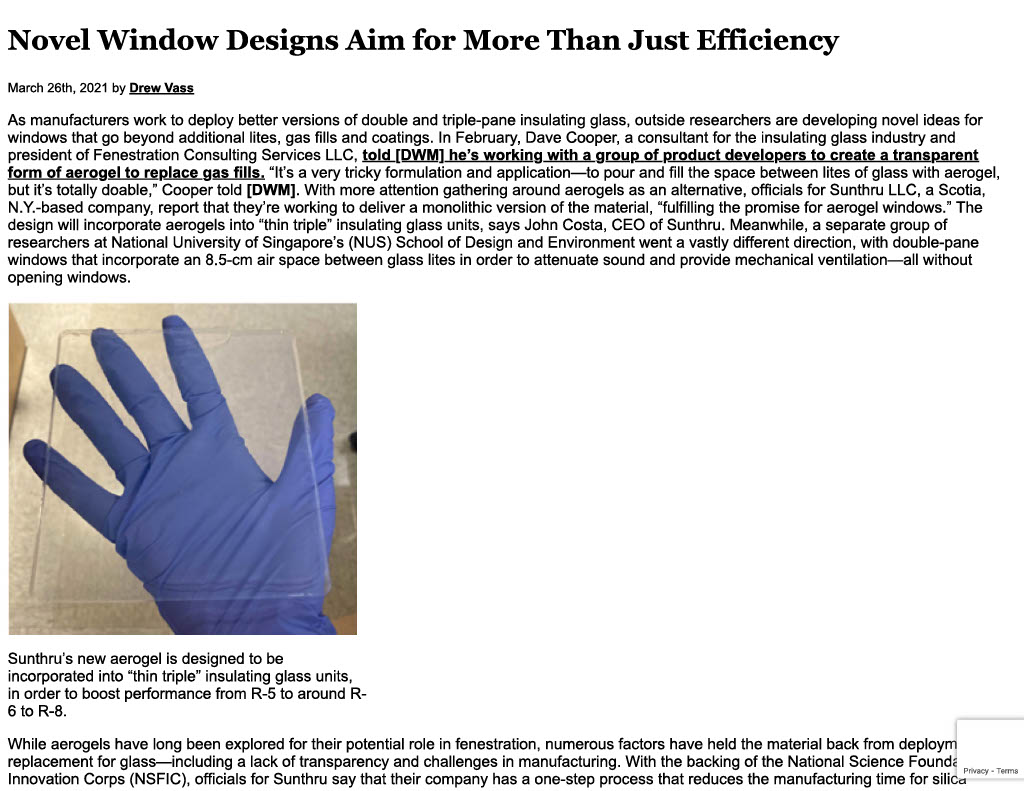
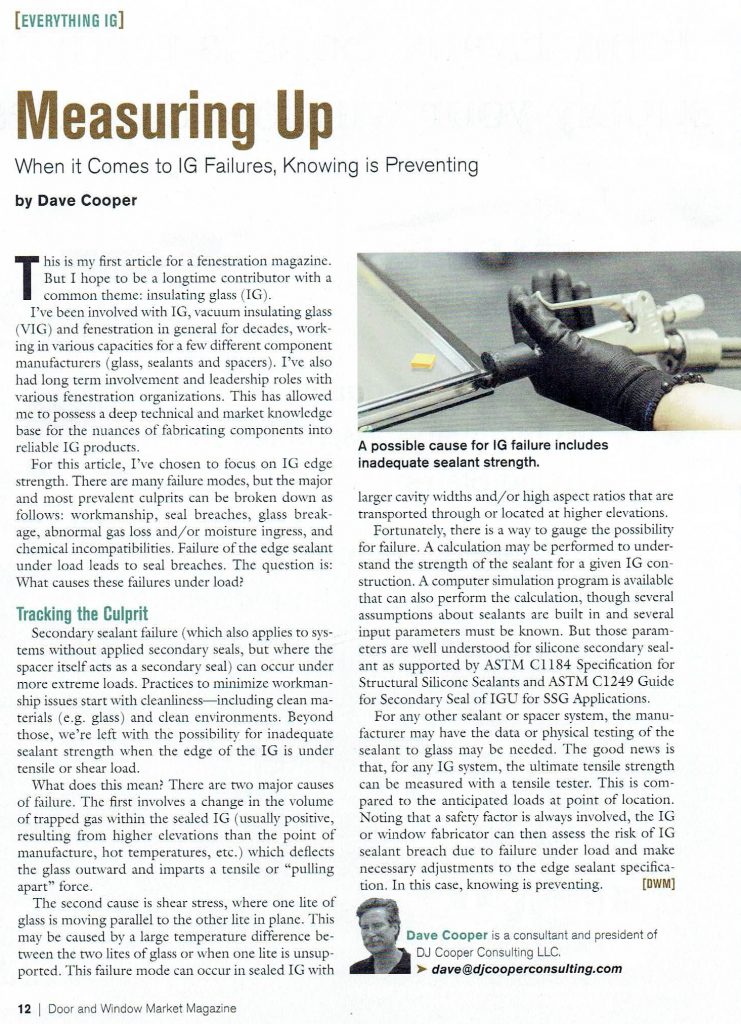
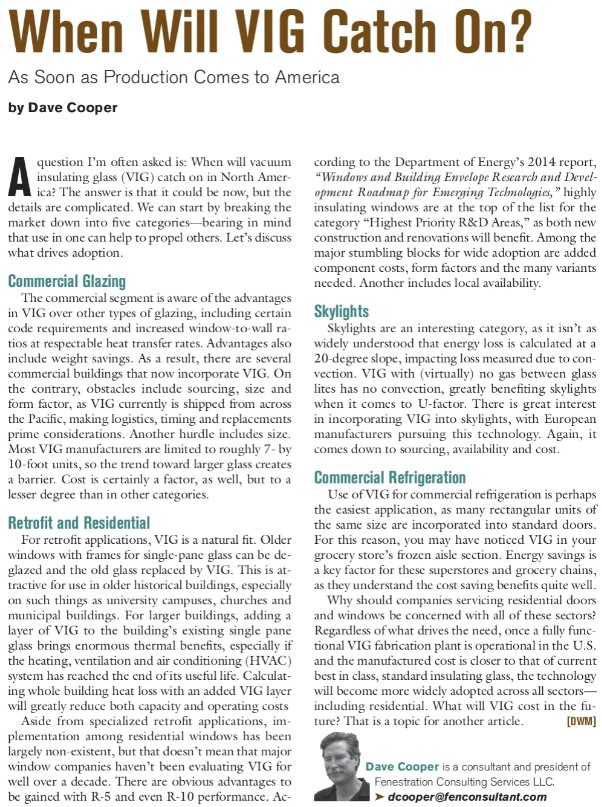

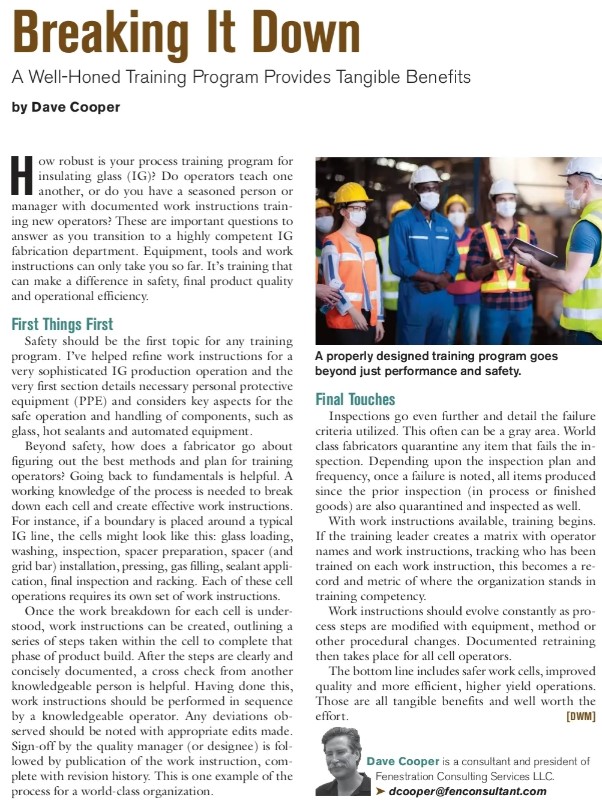

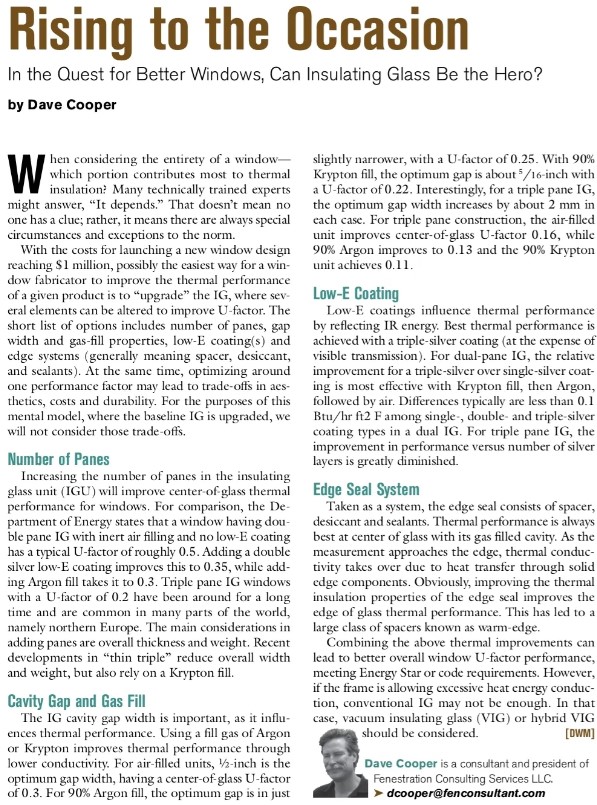

Older Mentions
